BODYWEIGHT EXERCISES ARE an essential component of a well-rounded fitness plan. Whether you’re working out without weights by choice or forced to improvise away from your gym by necessity, movements like pushups, lunges, and burpees will be an effective, efficient toolkit to help you build up your strength, muscle, and conditioning. For some people, bodyweight training can be more than a bit unbalanced. While it’s relatively easy to train the muscles on the front of your body that you use to push—think arms, chest, and legs—you’ll have to have a deeper exercise rolodex to understand how to use your bodyweight to train your back muscles with pulling movements.
The solution to this problem isn’t to ignore your back muscles and only use one tough to master exercise. When you’re in a pinch without weights, you’ll be doing yourself a disservice if you only focus on your front. Training your back is important for much more than just checking another box on your body part chart. Neglecting back exercises will become a problem for several reasons. You’ll you miss out on important strength gains, for one. You’ll also create asymmetries that can affect your posture—if all you do is pushups, for example, you might wind up with a hunched-over posture without the counterbalance of a well-developed back plan.
For too many guys, the list of bodyweight back exercises starts and ends with the pullup. While it is admittedly challenging to train you back muscles using only your bodyweight, there are more options. Some equipment like suspension training straps and pullup bars are technically necessary for some of the moves, but the only resistance you’ll work against comes only from you.
Try these 14 bodyweight exercises to put your back to work, sans equipment.
Pullup
No list of bodyweight exercises—or overall best exercises, for that matter—is complete without the pullup. This training staple is a test of pure strength as you work to raise yourself up about the bar.
How to Do It:
- Grab the pullup bar with an overhand (pronated) grip. Make sure your arms are straight.
- Squeeze your lats and arms to pull yourself straight up, until your chest is at the bar.
- Straighten your arms to lower yourself down in a controlled motion. Don’t perform another rep until your elbows are straight.
Inverted Row
Pullups aren’t the only way you can use your own bodyweight as resistance with a pulling movement. Flip to the underside of the bar for this surprisingly challenging variation.
How to Do It:
- Place a barbell at about hip height on a power rack or Smith machine.
- Lower yourself under the bar, then grab the bar with an overhand (pronated) grip with your hands at about shoulder width apart.
- Straighten your arms to hang from the bar. Straighten out your legs for more of a challenge.
- Squeeze your shoulder blades and upper back together to pull your chest up to the bar.
- Pause at the top position, squeezing your core and glutes to keep your body straight if your legs are fully extended, then straighten your arms to return to the starting position.
Lying Back Press
Hit the deck for this challenging movement, which uses a potent scapular squeeze to train your back muscles. You’ll get some valuable core work in if you do it right, too.
How to Do It:
- Lie on your back, with your knees bent and your arms extended on either side of your torso. Squeeze your glutes and abs to create tension.
- Press your forearms and elbows into the floor to elevate your back. Keep your neck in a neutral position; you shouldn’t be straining up with your neck to raise up.
- Hold the elevated position for 2 to 3 seconds, keeping your upper back muscles and core engaged. Lower back down slowly.
- Perform 2 to 3 sets of 10 reps.
Reverse Fly
This exercise looks simple, and it is. Focus on developing a strong mind-muscle connection as you work through the movement.
How to Do It:
- Stand with your feet shoulder-width apart, then hinge at the hips and lean forward, keeping a slight bend in the knee and a flat back. Let your arms hang straight down.
- Shift your arms so your palms face front, with your thumbs up. Squeeze your shoulder blades to raise both arms straight back in a fly motion. Squeeze your rear delts and pause at the top.
- Reverse the movement back down.
Rear Delt Raise Plank
A high plank position adds a core challenge to this bodyweight back move. Along with honing core stability, you’ll be forced to work against rotational forces when you raise your arms.
How to Do It:
- Get into a high plank position, with your shoulders stacked over your elbows and wrists. Squeeze your glutes and abs to create full-body tension. Your shoulders and hips should be square.
- Raise one arm straight out and up, squeezing your delts. Drive the other palm into the floor and brace your core to stay balanced.
- Bring your arm back into position, then repeat on the other side. Keep your hip height consistent throughout the exercise.
Y Raise
You’ll have another chance to hone your mind-muscle connection with this exercise. Focus on squeezing your shoulders and keeping postural integrity throughout the working set.
How to Do It:
- Stand with your feet shoulder-width apart, then hinge at the hips and lean forward, keeping a slight bend in the knee and a flat back. Let your arms hang straight down.
- Keep your hands in a neutral position, with your palms facing each other. Point your thumbs up, then squeeze your shoulders to raise your arms straight out into a ‘Y’ shape.
- Pause for a beat at the top, squeezing your shoulders.
- Lower your arms back to the start.
Superman
Mimic the Man of Steel with this deceivingly difficult—and effective—movement. You’ll want to pay extra attention to the form cues to avoid putting too much into the lower back.
How to Do It:
- Lie with your chest down on the floor, reaching your arms straight out in front of you (as if you were Superman mid-flight).
- Squeeze your glutes and lower back to raise your arms, legs, and the top of your chest off the floor.
- Hold for a count, then slowly return to the starting position. Don’t drop your arms or legs.
Y Superman
You’ll use the same form as the standard Superman—but your arm position will hit your upper back muscles differently.
How to Do It:
- Lie with your chest down on the floor, reaching your arms out in front of you to form a ‘Y’ shape.
- Squeeze your glutes and lower back to raise your arms and the top of your chest off the floor.
- Hold for a count, then slowly return to the starting position. Don’t drop your arms or legs.
W Superman
You’ll use the same form as the standard Superman—but your arm position will hit your upper back muscles differently.
How to Do It:
- Lie with your chest down on the floor. Put your palms on the ground on either side of your chest in line with your head.
- Squeeze your glutes and lower back to raise your arms and the top of your chest off the floor. Be sure to squeeze your upper back so that your arms form what looks like a ‘W’ shape when you lift them.
- Hold for a count, then slowly return to the starting position. Don’t drop your arms or legs.
T Superman
You’ll use the same form as the standard Superman—but your arm position will hit your upper back muscles differently.
How to Do It:
- Lie with your chest down on the floor. Extend your arms out on the ground on either side of your chest to form a ‘T’ shape.
- Squeeze your glutes and lower back to raise your arms and the top of your chest off the floor. Be sure to squeeze your upper back to lift your arms as well.
- Hold for a count, then slowly return to the starting position. Don’t drop your arms or legs.
Pullup Superman
You’ll get into the Superman position—but now, you’ll emphasize the squeeze to your mid-back by adding the pullup movement. Make sure to move through each rep slowly and deliberately.
How to Do It:
- Put your palms on the ground on either side of your chest in line with your head.
- Squeeze your glutes and lower back to raise your arms and the top of your chest off the floor. Your arms should form a ‘W’ shape.
- Mimic a pullup motion by extending your arms straight out, then squeezing your back to pull them back to your chest. Extend your arms out again to count 1 rep.
- After you perform the allotted reps, slowly return to the starting position. Don’t drop your arms or legs.
Dead Stop to Superman
Add some pushup principles to the Superman for another element to your bodyweight training.
How to Do It:
- Start in a pushup/plank position. Squeeze your glutes and core to keep your spine straight.
- Bend your elbows to lower your chest down to the ground. This is the stop part of the exercise.
- Lift your hands off the ground, then extend your arms straight out in front of you, squeezing your back at the top of the movement.
- Retract your arms back to the starting position, then push yourself back up.
TRX Row
We’re back to using your bodyweight as resistance, this time with TRX bands. Work to keep your movements controlled and pull from your back; you shouldn’t swing or use momentum.
- Hold both TRX handles in an overhand grip at chest height with your elbows bent.
- Plant your feet and lean back, extending your arms straight out to hang by the handles.
- Squeeze your upper back and biceps to pull yourself up to the straps. Pause for a beat at the top.
- Straighten out your arms to return to the starting position.
T Pushup
The ‘T’ referenced in this pushup is the thoracic spine—and you’ll hone your thoracic mobility, which is important for rotation, with each rep.
How to Do It:
- Start in a pushup/plank position, with your hands placed a few extra inches outside of your chest. Squeeze your glutes and core to keep your spine straight.
- Bend your elbows to drop your chest down to the ground, squeezing your back at the bottom of the movement.
- Squeeze your chest to push yourself back up, and rotate one side of your body up, raising your arm straight up along with it.
- Pause at the top of the movement, then return to the starting position. Repeat the move on the other side of the body.
Brett Williams, a fitness editor at Men’s Health, is a NASM-CPT certified trainer and former pro football player and tech reporter who splits his workout time between strength and conditioning training, martial arts, and running. You can find his work elsewhere at Mashable, Thrillist, and other outlets.


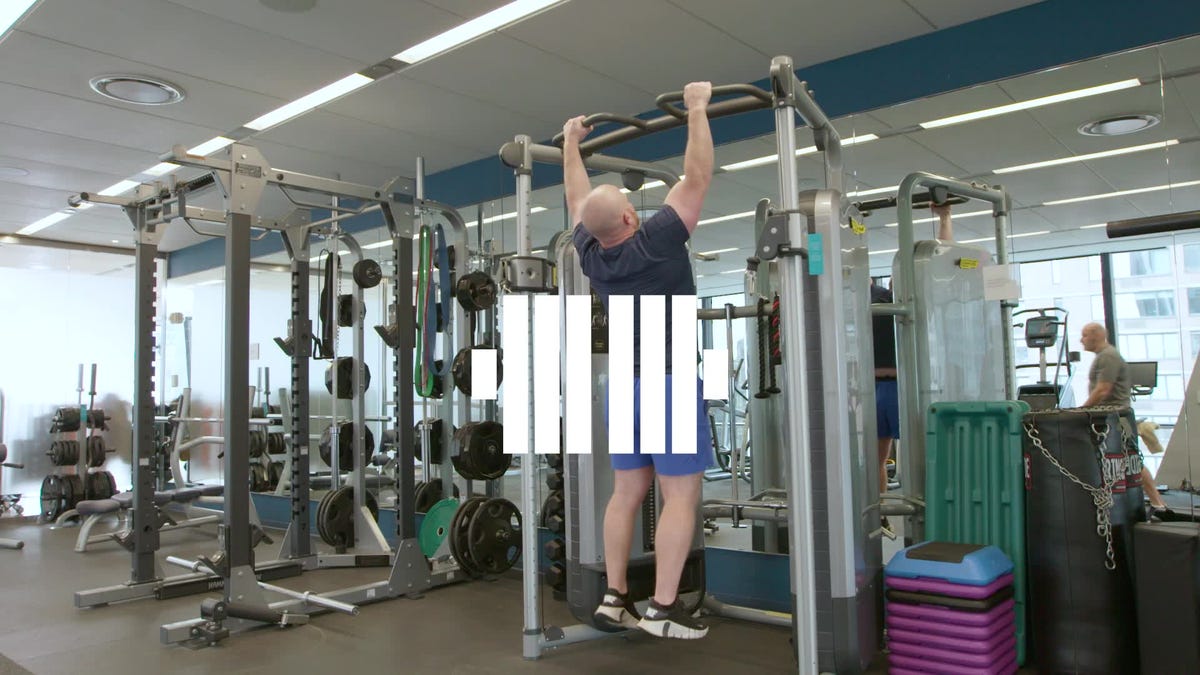
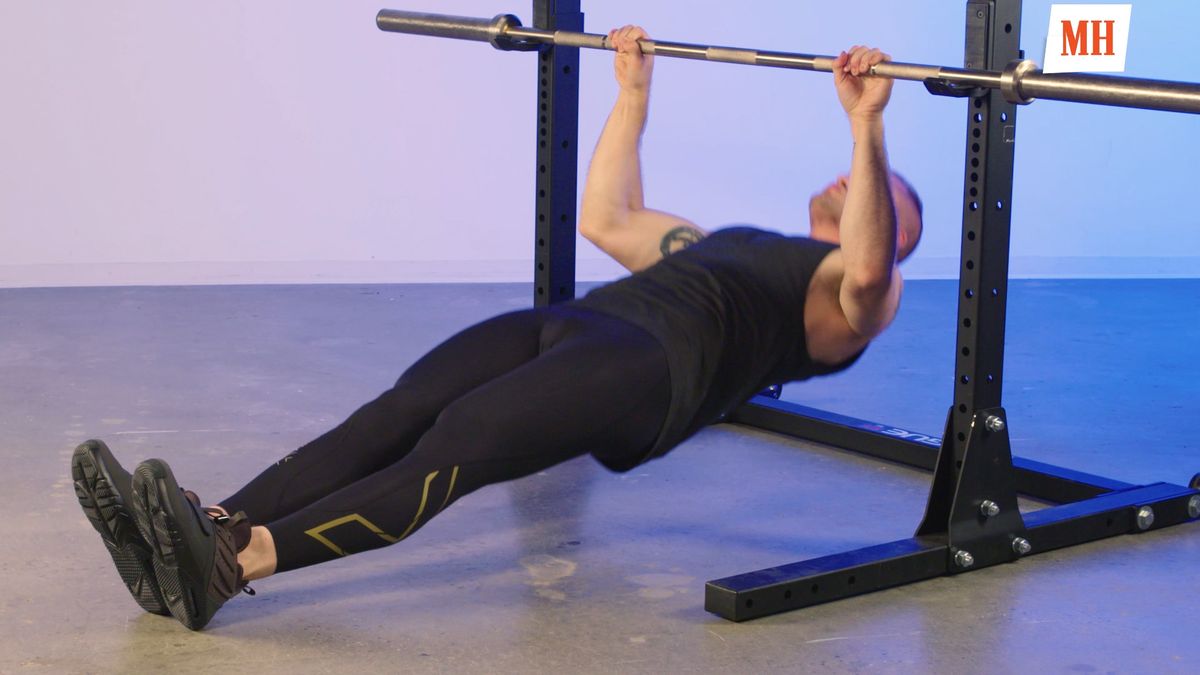
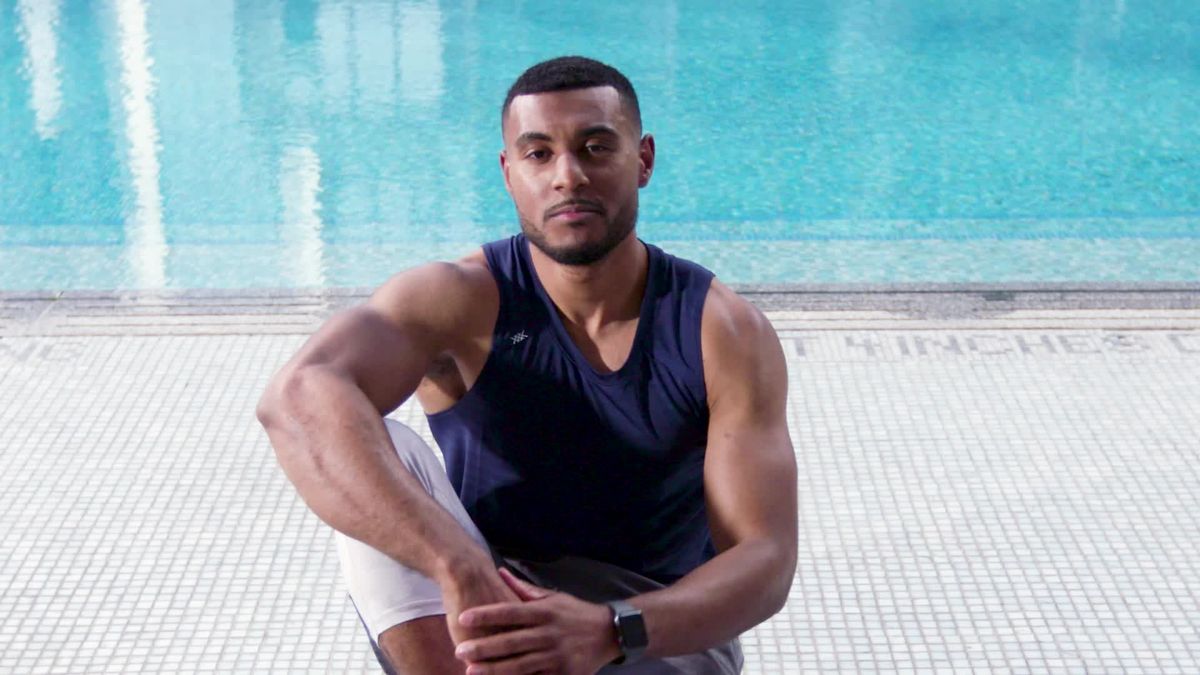

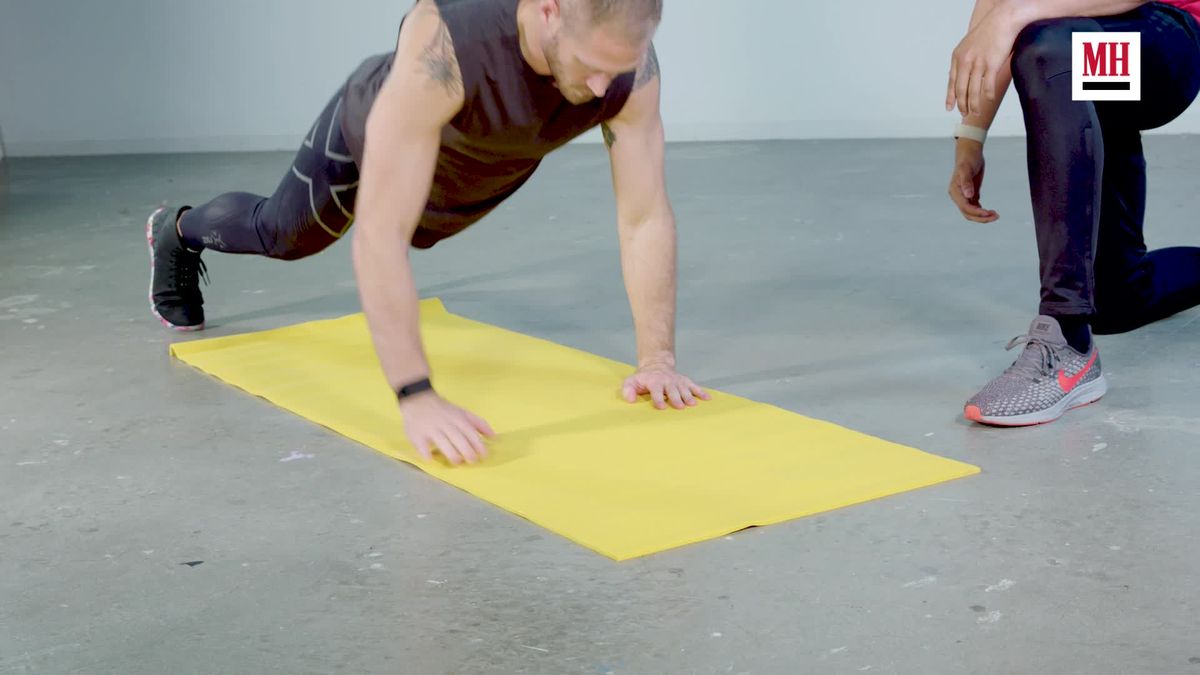
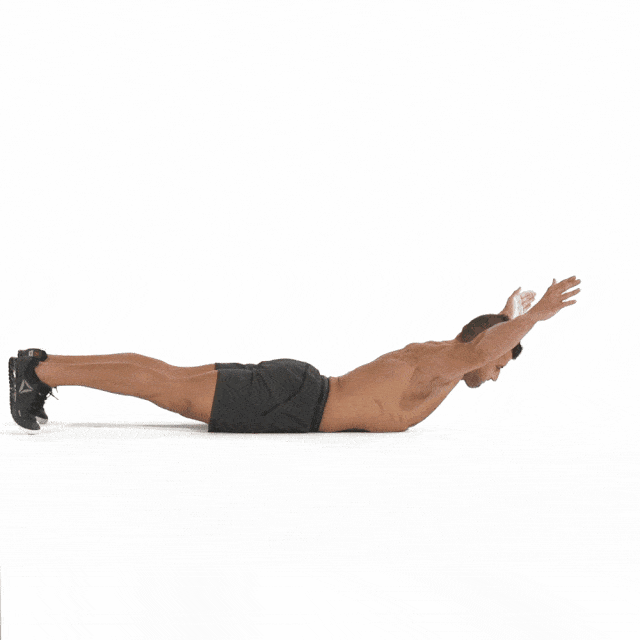

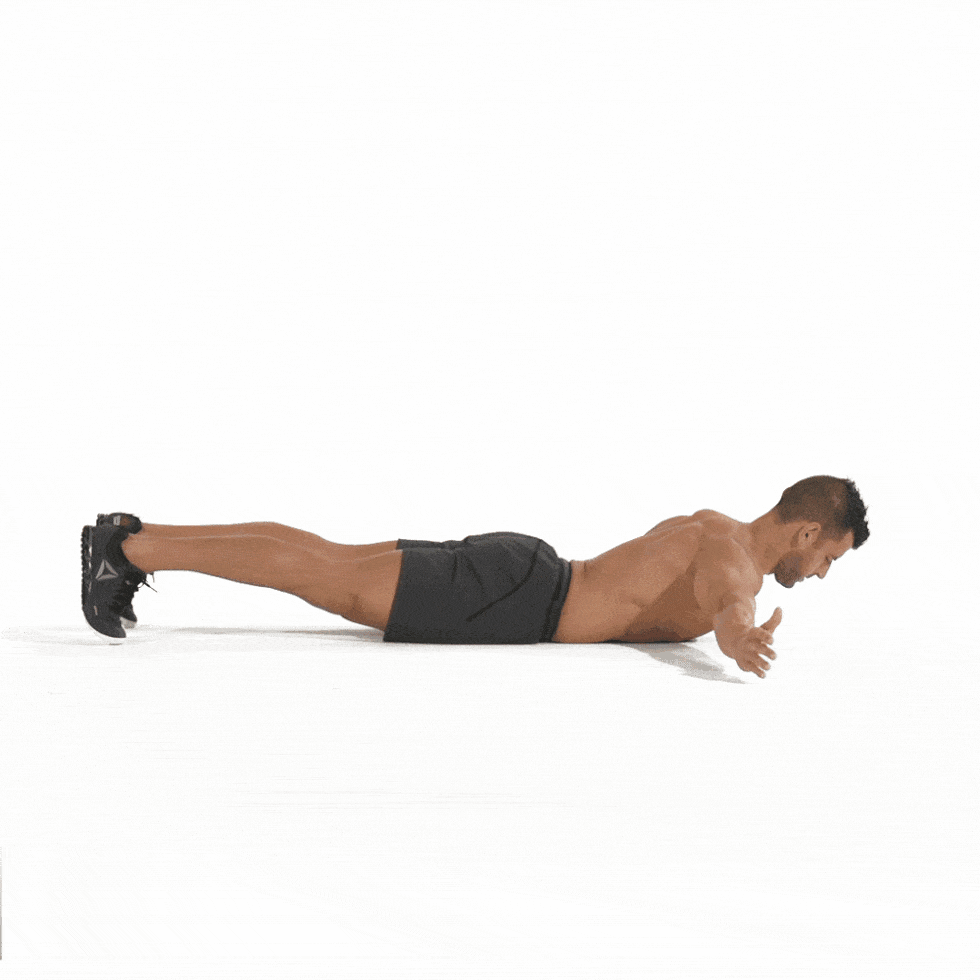
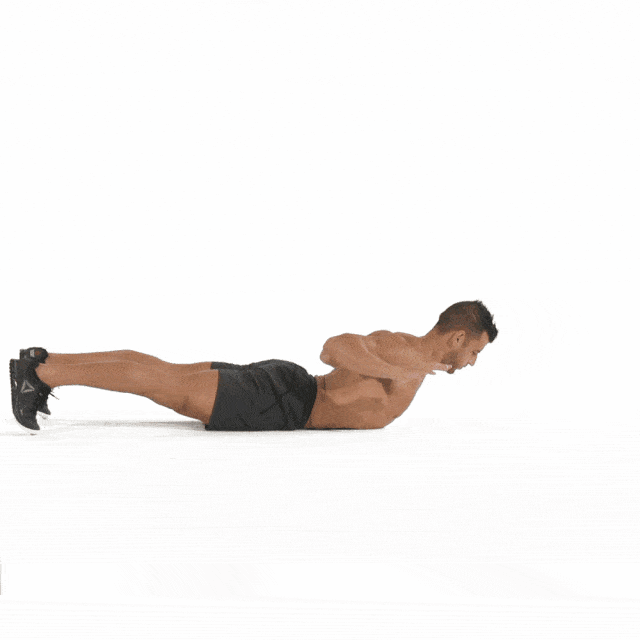
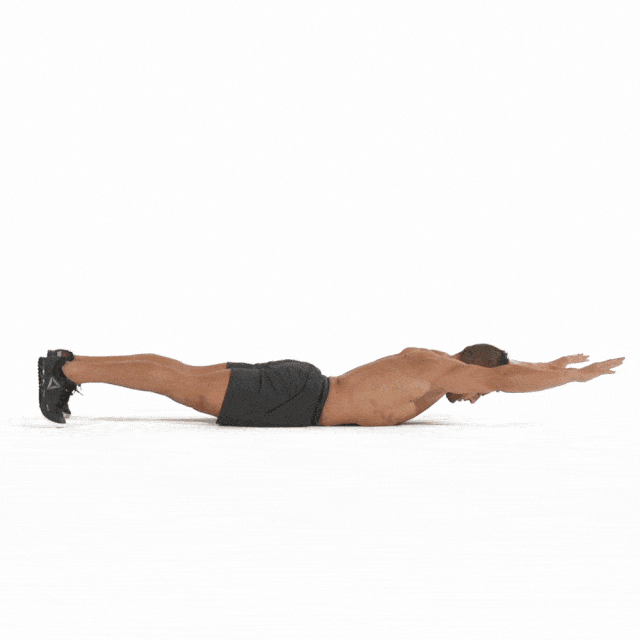
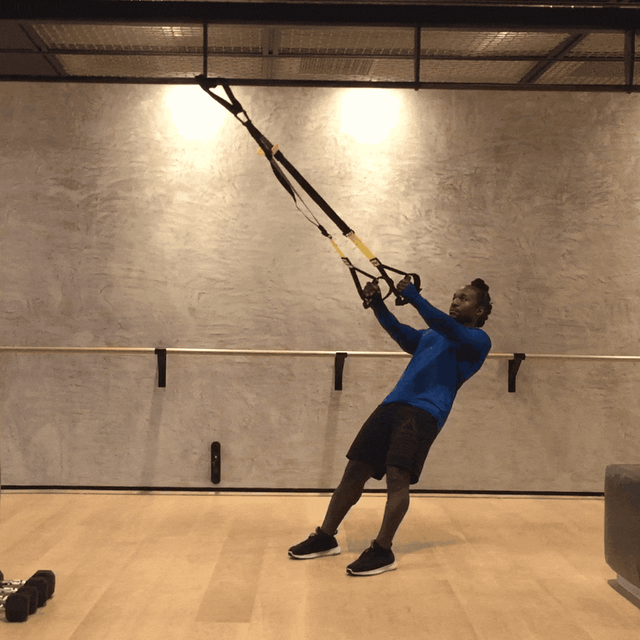
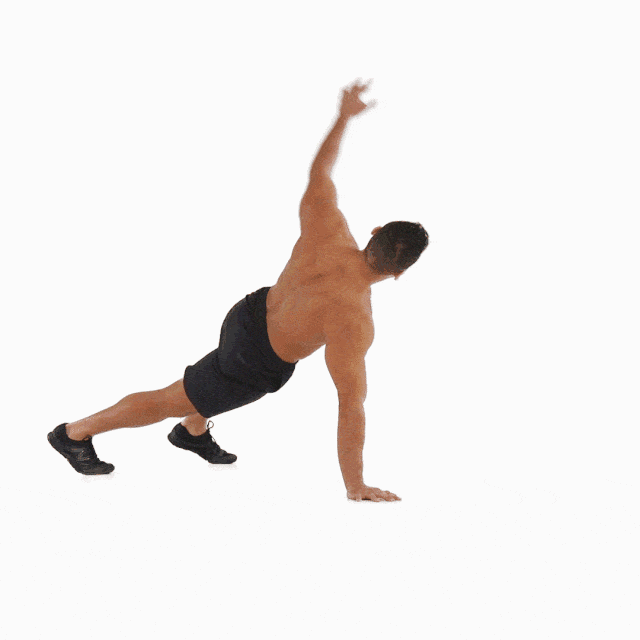
Comments are closed.